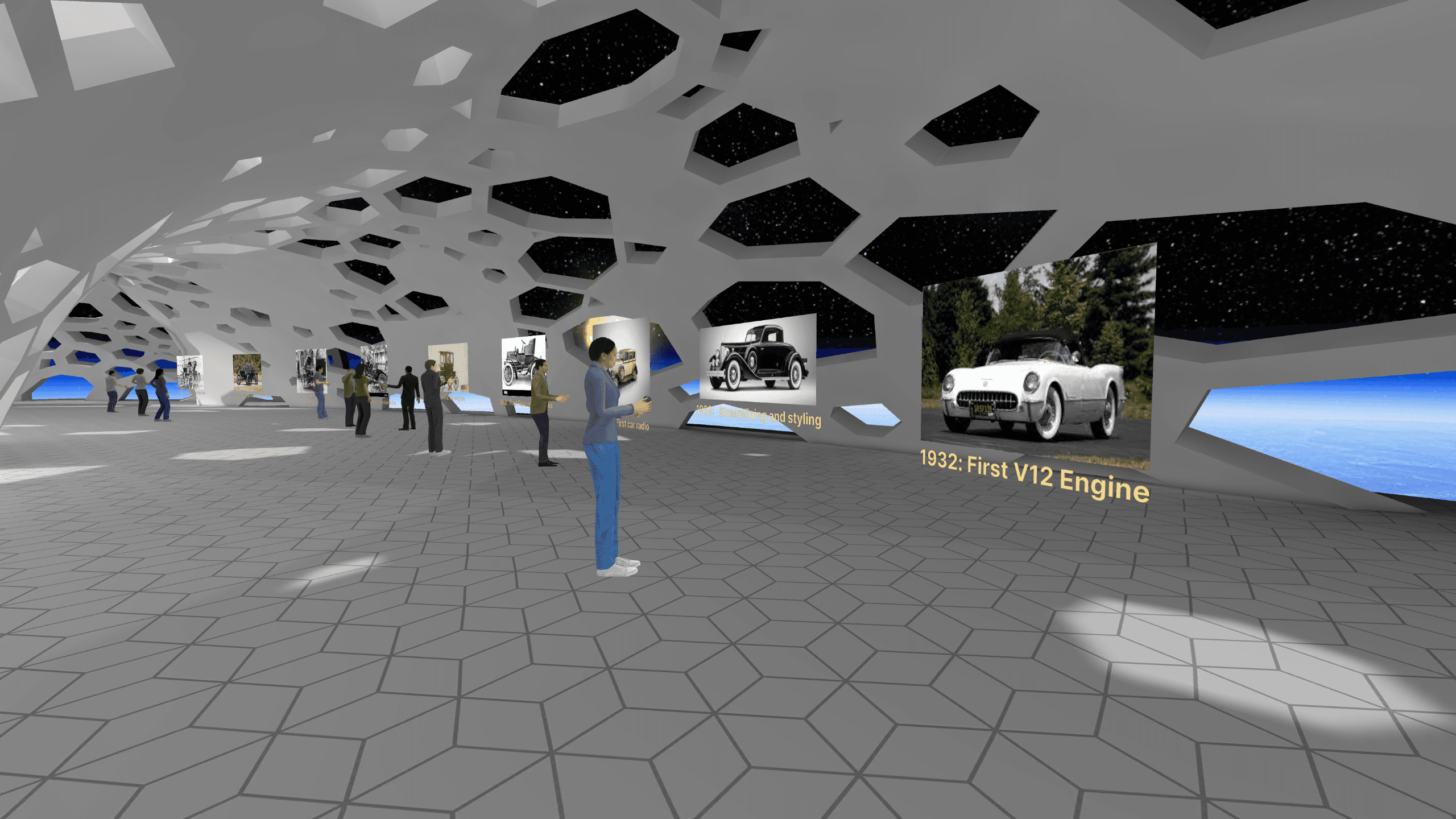XR Versus Traditional Presentations: A Comparative Analysis

In today's fast-paced business environment, presentations play a crucial role in conveying information, showcasing products, and engaging audiences. While traditional presentations have long been the norm, the advent of extended reality (XR) technology has revolutionized the way we present and interact with content. XR presentations, which encompass virtual reality (VR), augmented reality (AR), and mixed reality (MR), offer a new level of immersion, interactivity, and engagement.
Immersion and Engagement: Stepping into a Virtual World
One of the most notable features of XR presentations is their high immersion. By leveraging VR and AR technologies, users are transported into a virtual environment where they can interact with content and experience it firsthand. This immersive nature enhances the overall presentation experience, making it more memorable and impactful. Studies have shown that 90% of team members agreed to feel an increase in team spirit when using VR for their team meetings, and 80% agreed that they feel like actually being in the same room with their colleagues. This sense of presence fosters a stronger connection among team members, leading to improved collaboration and productivity.
 Interactivity: Empowering the Audience
Another advantage of XR presentations is the extensive interactivity they offer. Unlike traditional presentations, where audiences have limited control and are passive observers, XR presentations empower users to actively engage with the content. Users can manipulate virtual objects, explore different perspectives, and participate in simulations or virtual training scenarios. This high level of interactivity not only enhances audience engagement but also enables a more personalized and effective learning experience. According to a survey, 83.3% of participants agreed that they feel a stronger connection to their learning peers when using VR for training compared to a video conference.
Visualization: Bringing Concepts to Life
The visualization of concepts is another area where XR presentations excel. With XR technologies, complex ideas and data can be visualized in three-dimensional space, offering a more intuitive understanding of the subject matter. Whether it's showcasing a product from different angles, visualizing architectural designs, or presenting data in immersive charts and graphs, XR presentations enable clearer communication and comprehension of information. This high visualization capability leads to better audience retention and comprehension. In fact, 74% of users think VR allows for better interactions compared to 2D meetings, indicating the effectiveness of XR presentations in conveying information.
Interactivity: Empowering the Audience
Another advantage of XR presentations is the extensive interactivity they offer. Unlike traditional presentations, where audiences have limited control and are passive observers, XR presentations empower users to actively engage with the content. Users can manipulate virtual objects, explore different perspectives, and participate in simulations or virtual training scenarios. This high level of interactivity not only enhances audience engagement but also enables a more personalized and effective learning experience. According to a survey, 83.3% of participants agreed that they feel a stronger connection to their learning peers when using VR for training compared to a video conference.
Visualization: Bringing Concepts to Life
The visualization of concepts is another area where XR presentations excel. With XR technologies, complex ideas and data can be visualized in three-dimensional space, offering a more intuitive understanding of the subject matter. Whether it's showcasing a product from different angles, visualizing architectural designs, or presenting data in immersive charts and graphs, XR presentations enable clearer communication and comprehension of information. This high visualization capability leads to better audience retention and comprehension. In fact, 74% of users think VR allows for better interactions compared to 2D meetings, indicating the effectiveness of XR presentations in conveying information.
 Flexibility: Adapting to Any Setting
In addition to the features mentioned above, XR presentations also offer high flexibility. Traditional presentations often require specific equipment and physical space, limiting their accessibility and scalability. On the other hand, XR presentations can be experienced using various devices, from VR headsets to smartphones, making them more adaptable to different settings and audience sizes. This flexibility extends to industry applications as well, with XR presentations finding uses in client presentations, product demos, remote collaboration, and more. The versatility of XR presentations allows businesses to embrace innovative and modern communication methods that align with the evolving digital landscape.
Overcoming the Limitations of Traditional Presentations
While traditional presentations have been widely used for years, they come with certain limitations. Passive audience experiences and limited interactivity restrict the level of engagement and active participation. Furthermore, traditional presentations often struggle to convey complex ideas effectively, relying heavily on verbal explanations and two-dimensional visuals. These conceptual limitations can hinder audience understanding and retention.
Flexibility: Adapting to Any Setting
In addition to the features mentioned above, XR presentations also offer high flexibility. Traditional presentations often require specific equipment and physical space, limiting their accessibility and scalability. On the other hand, XR presentations can be experienced using various devices, from VR headsets to smartphones, making them more adaptable to different settings and audience sizes. This flexibility extends to industry applications as well, with XR presentations finding uses in client presentations, product demos, remote collaboration, and more. The versatility of XR presentations allows businesses to embrace innovative and modern communication methods that align with the evolving digital landscape.
Overcoming the Limitations of Traditional Presentations
While traditional presentations have been widely used for years, they come with certain limitations. Passive audience experiences and limited interactivity restrict the level of engagement and active participation. Furthermore, traditional presentations often struggle to convey complex ideas effectively, relying heavily on verbal explanations and two-dimensional visuals. These conceptual limitations can hinder audience understanding and retention.
 XR presentations offer a paradigm shift in the way we present and engage with content. With their high immersion, extensive interactivity, visualization capabilities, and flexibility, XR presentations provide a superior alternative to traditional presentations.
XR presentations offer a paradigm shift in the way we present and engage with content. With their high immersion, extensive interactivity, visualization capabilities, and flexibility, XR presentations provide a superior alternative to traditional presentations.